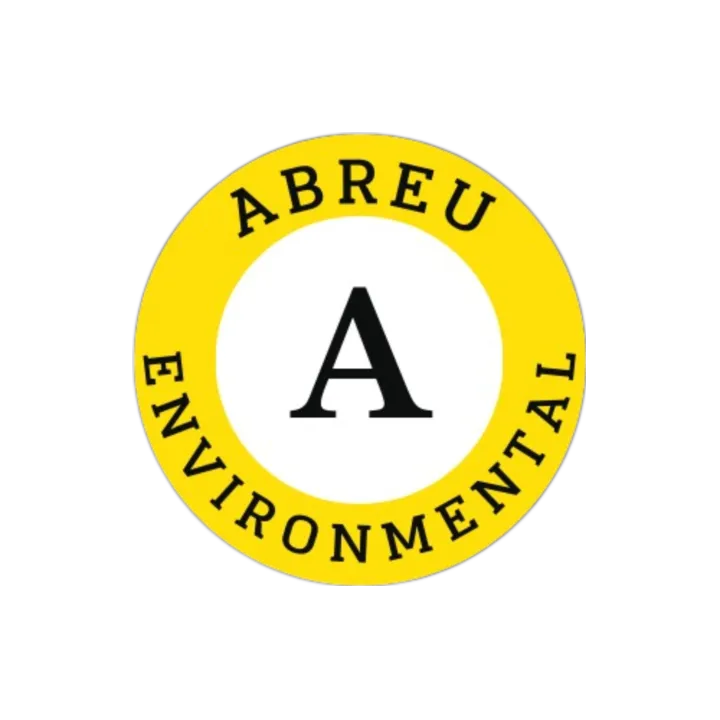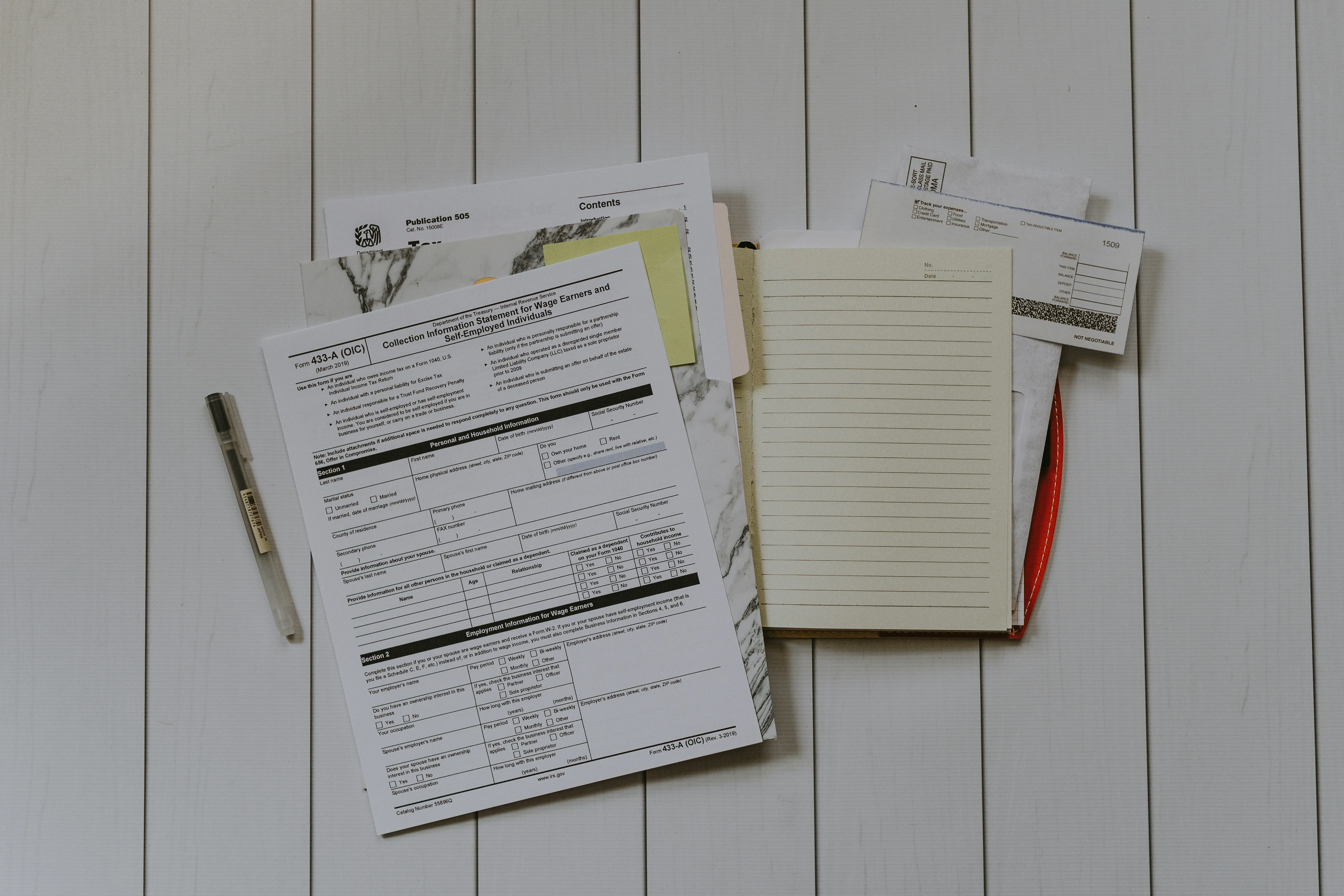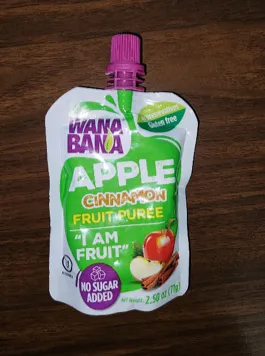RRP Study Guide Intro
The EPA's Renovate, Repair, and Paint (RRP) program was created to help protect the public from lead-based paint hazards that may be present in homes, schools, and other buildings. If you are a contractor, painter, or other professional who will be working on these types of buildings, you will need to be certified under the RRP program.
Here is an RRP study guide to help you prepare for the certification exam:
What is lead-based paint?
It is paint that contains lead, a toxic metal that can cause serious health problems, particularly in children.
What are the health effects of lead exposure?
Lead exposure can cause a range of health problems, including developmental delays, learning disabilities, and behavioral problems.
What is the RRP program?
The Renovate, Repair, and Paint program is a federal program that requires contractors, painters, and other professionals to follow specific procedures when working on buildings that may contain lead-based paint.
What are the requirements of the RRP program?
To be certified under the RRP program, you must complete an approved training course and follow specific procedures when working on buildings that may contain lead-based paint.
What are the key steps of the RRP program?
The key steps of the RRP program include:
a. Preparing the work area
b. Conducting lead-based paint testing
c. Containing the work area
d. Minimizing dust generation
e. Cleaning up thoroughly
f. Verifying that the work area is clean
What are the penalties for violating the RRP program?
Violating the RRP program can result in significant fines and legal action. In addition, you could be putting yourself and others at risk of lead exposure.
How can you protect yourself from lead exposure?
You can protect yourself from lead exposure by wearing protective clothing and equipment, such as gloves, respirators, and coveralls, when working with lead-based paint. You should also wash your hands and face thoroughly before eating or drinking.
What are some best practices for working with lead-based paint?
Some best practices for working with lead-based paint include:
a. Using wet sanding or scraping methods to minimize dust generation
b. Avoid heat guns or torches, which can vaporize lead-based paint
c. Using containment methods to prevent lead dust from spreading
d. Properly disposing of lead-based paint chips and debris
What are some common mistakes to avoid when working with lead-based paint?
Common mistakes to avoid include:
a. Failing to properly prepare the work area
b. Skipping lead-based paint testing
c. Not using proper containment methods
d. Using dry sanding or scraping methods that generate excessive dust
Where can you find additional resources on the RRP program?
Additional resources on the RRP program can be found on the EPA's website, including training courses, certification requirements, and guidance documents.
Visit Abreu.Training with any questions or schedule a class.



